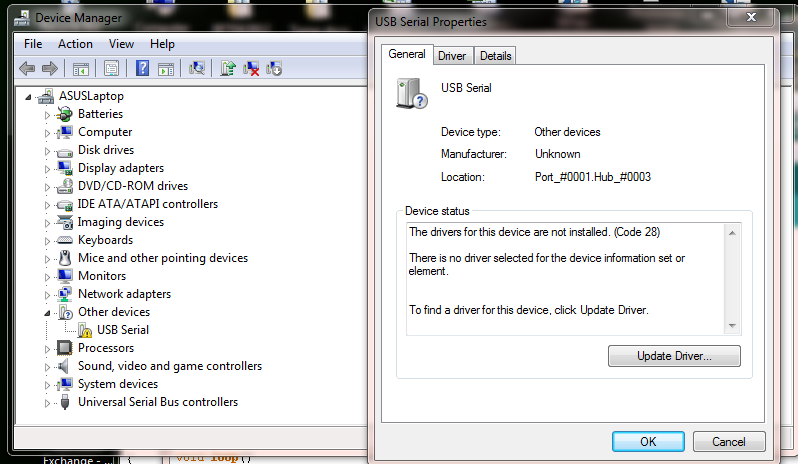

- #REGISTRATION NAME AND CODE FOR USB OVERDRIVE SOFTWARE#
- #REGISTRATION NAME AND CODE FOR USB OVERDRIVE PC#

Intel's low-powered Bonnell microarchitecture employed in early Atom processor cores also uses an in-order dual pipeline similar to P5. Intel's Larrabee multicore architecture project uses a processor core derived from a P5 core (P54C), augmented by multithreading, 64-bit instructions, and a 16-wide vector processing unit. Dham was general manager of the P5 group. Dror Avnon managed the design of the FPU. Crawford, chief architect of the original 386, co-managed the design of the P5, along with Donald Alpert, who managed the architectural team.
#REGISTRATION NAME AND CODE FOR USB OVERDRIVE PC#
Intel at first planned to demonstrate the P5 in June 1992 at the trade show PC Expo, and to formally announce the processor in September 1992, but design problems forced the demo to be cancelled, and the official introduction of the chip was delayed until the spring of 1993. By mid-1992, the P5 team had 200 engineers. The design was taped out, or transferred to silicon, in April 1992, at which point beta-testing began. By this time, the team had several dozen engineers. The preliminary design was first successfully simulated in 1990, followed by the laying-out of the design. Design work started in 1989 the team decided to use a superscalar architecture, with on-chip cache, floating-point, and branch prediction. The P5 microarchitecture was designed by the same Santa Clara team which designed the 386 and 486. In October 1996, the similar Pentium MMX was introduced, complementing the same basic microarchitecture with the MMX instruction set, larger caches, and some other enhancements.
#REGISTRATION NAME AND CODE FOR USB OVERDRIVE SOFTWARE#
Intel spent substantial effort and resources working with development tool vendors, and major independent software vendor (ISV) and operating system (OS) companies to optimize their products for Pentium before product launch. To realize its greatest potential, compilers had to be optimized to exploit the instruction level parallelism provided by the new superscalar dual pipelines and applications needed to be recompiled. This new ability was absent in prior x86 generations and x86 copies from competitors. Intel worked closely with IBM to define this ability and then Intel designed it into the P5 microarchitecture. The Pentium was the first Intel x86 to build in robust hardware support for multiprocessing similar to that of large IBM mainframe computers. As with all new processors from Intel since the Pentium, some new instructions were added to enhance performance for specific types of workloads. Additonal features include a faster floating-point unit, wider data bus, separate code and data caches, and many other techniques and features to enhance performance and support security, encryption, and multiprocessing, for workstations and servers when compared to the next best previous industry standard processor implementation before it the Intel 80486.Ĭonsidered the fifth main generation in the 8086 compatible line of processors, its implementation and microarchitecture was called P5. The P5 Pentium was the first superscalar x86 microarchitecture and the world's first superscalar microprocessor to be in mass production-meaning it generally executes at least 2 instructions per clock mainly because of a design-first dual integer pipeline design previously thought impossible to implement on a CISC microarchitecture. It was instruction set compatible with the 80486 but was a new and very different microarchitecture design from previous iterations. The P5/Pentium is a fifth generation, 32-bit x86 microprocessor that was introduced by Intel on March 22, 1993, as the very first CPU in the Pentium brand.


 0 kommentar(er)
0 kommentar(er)
